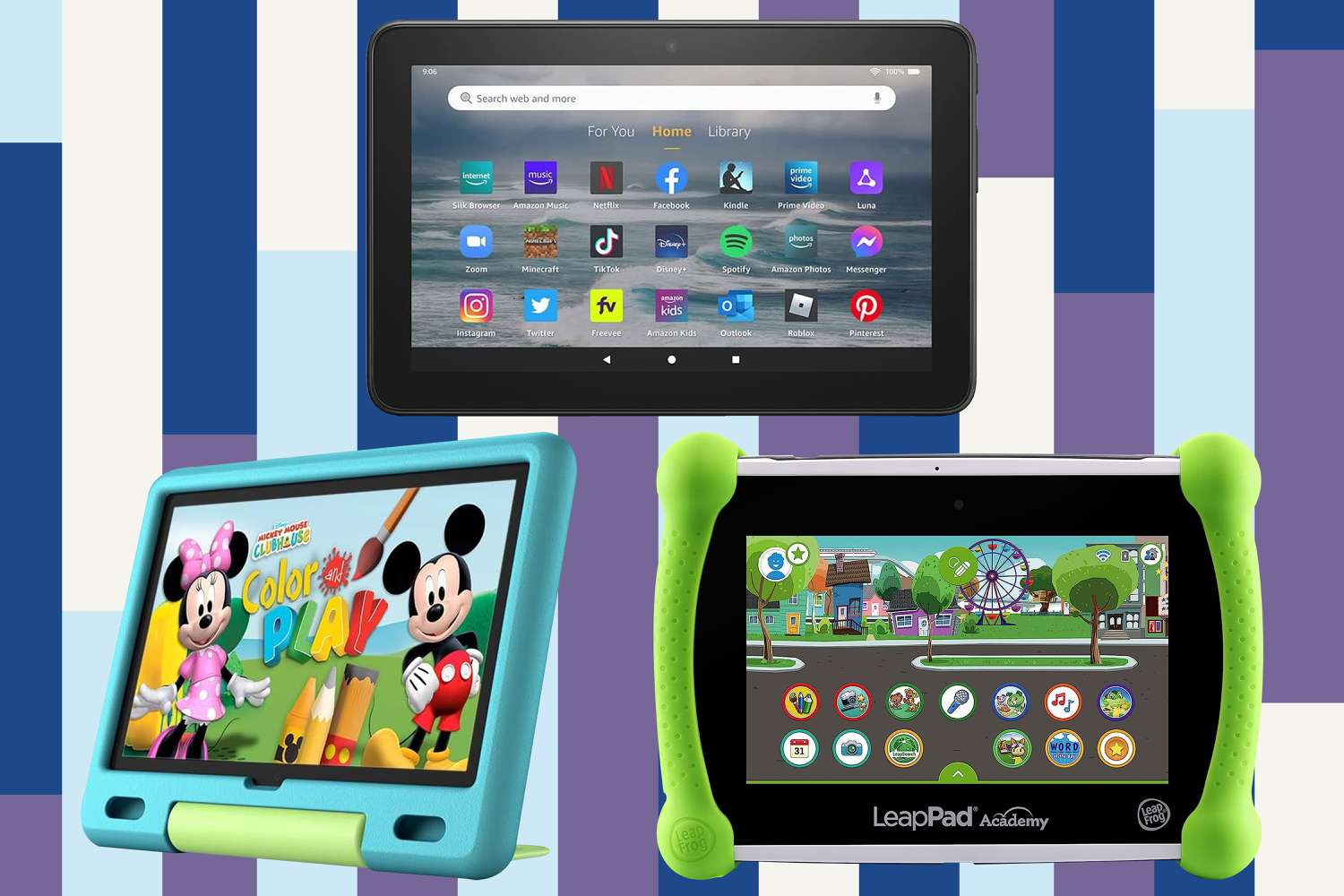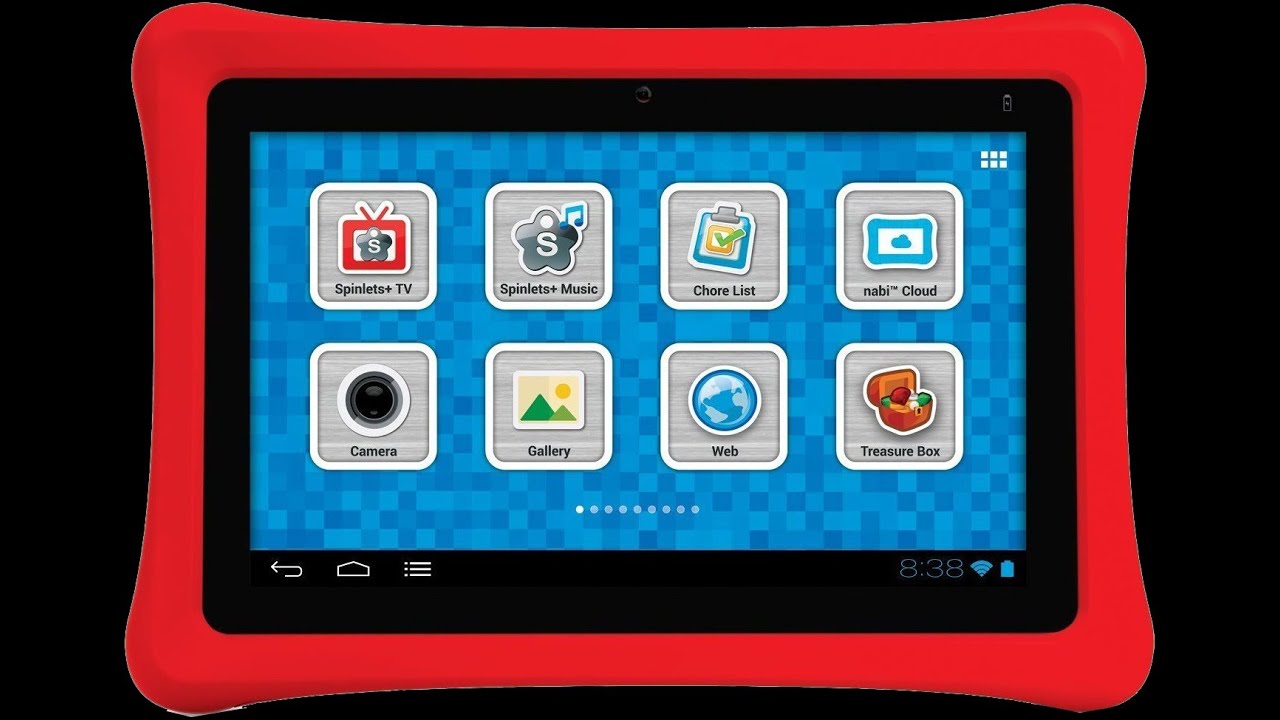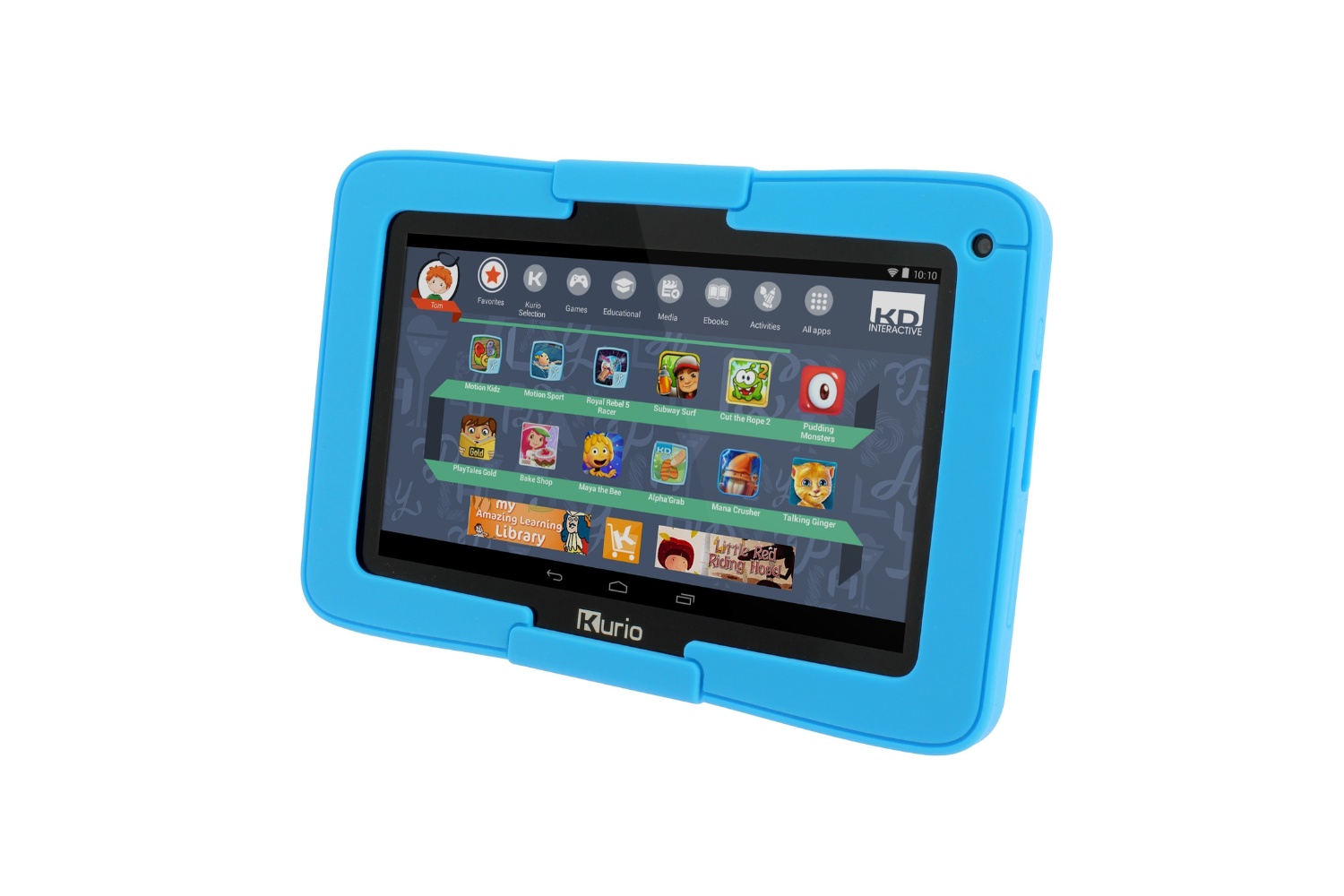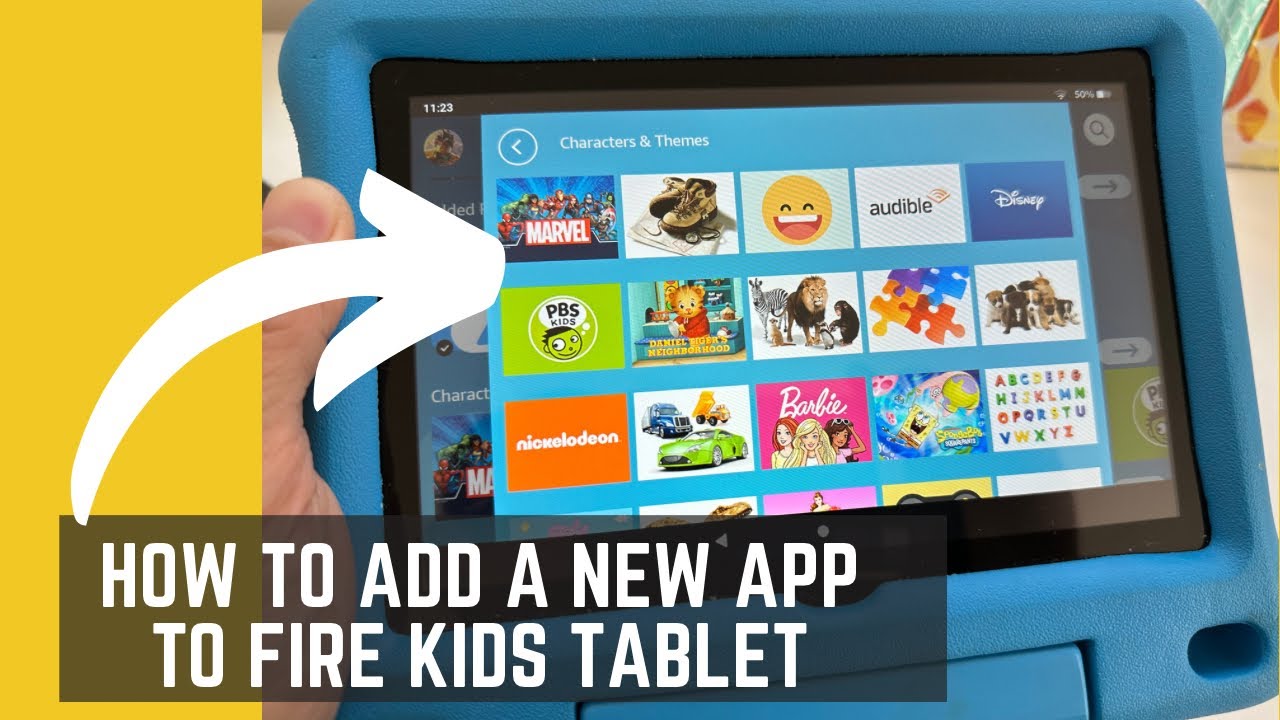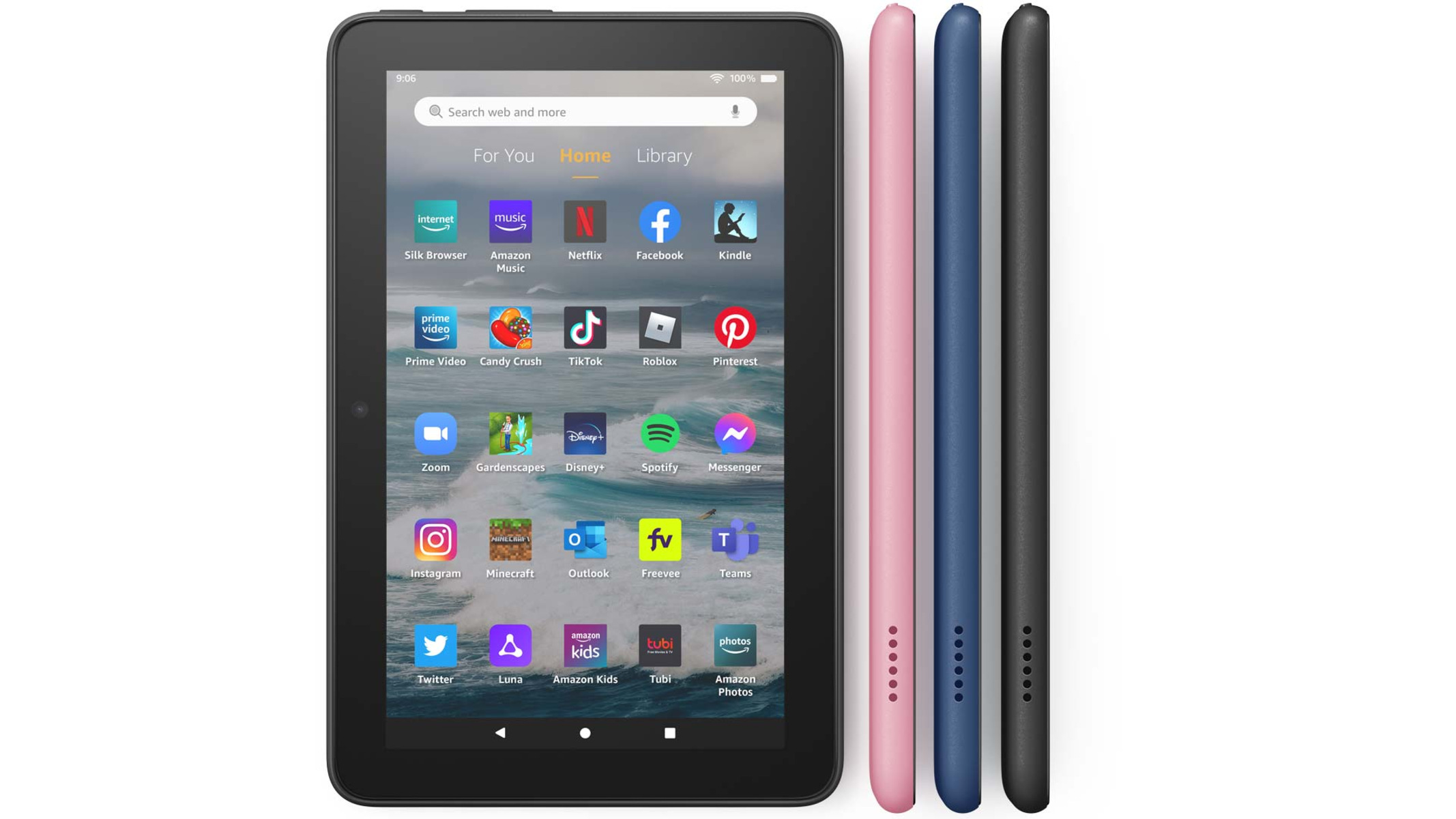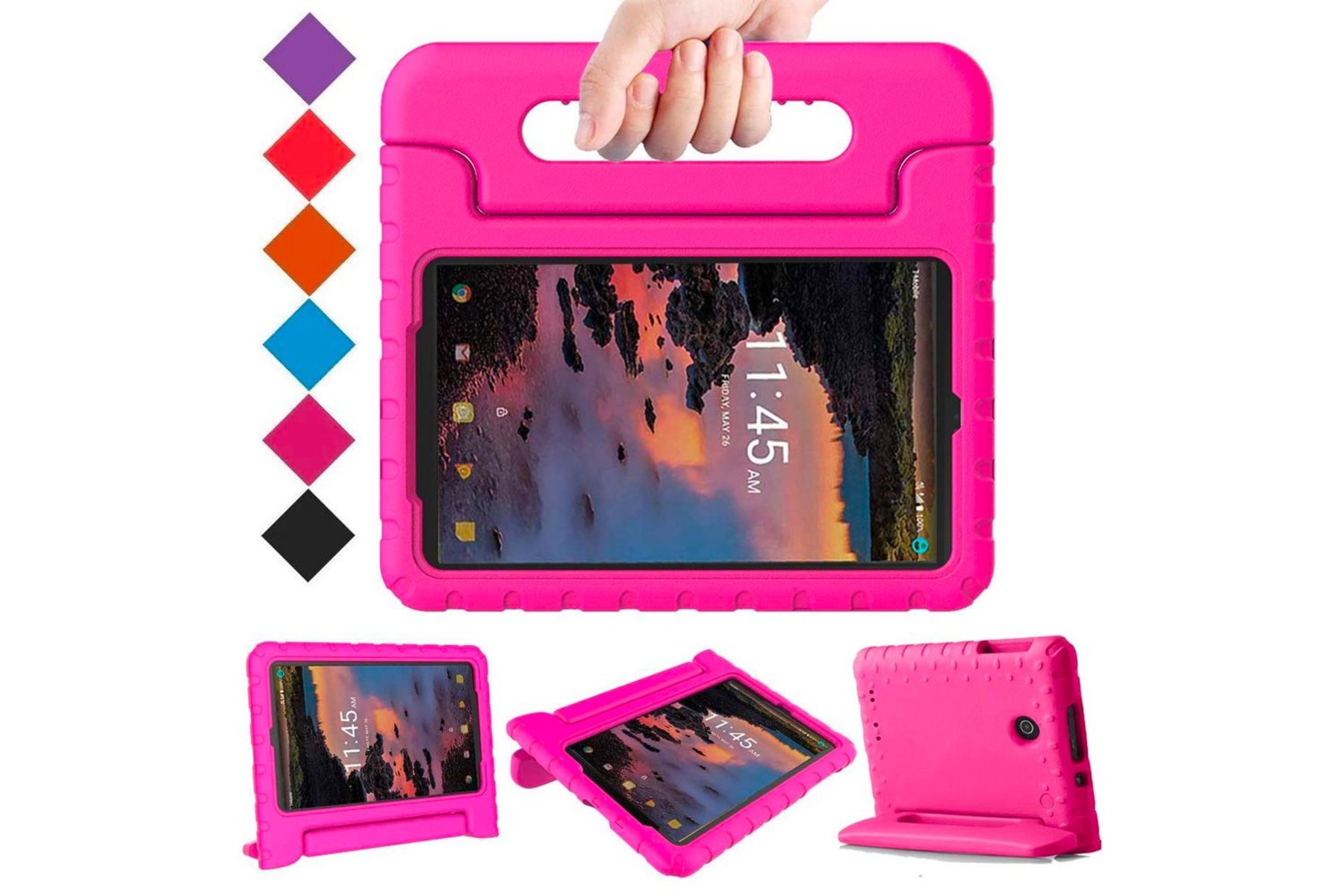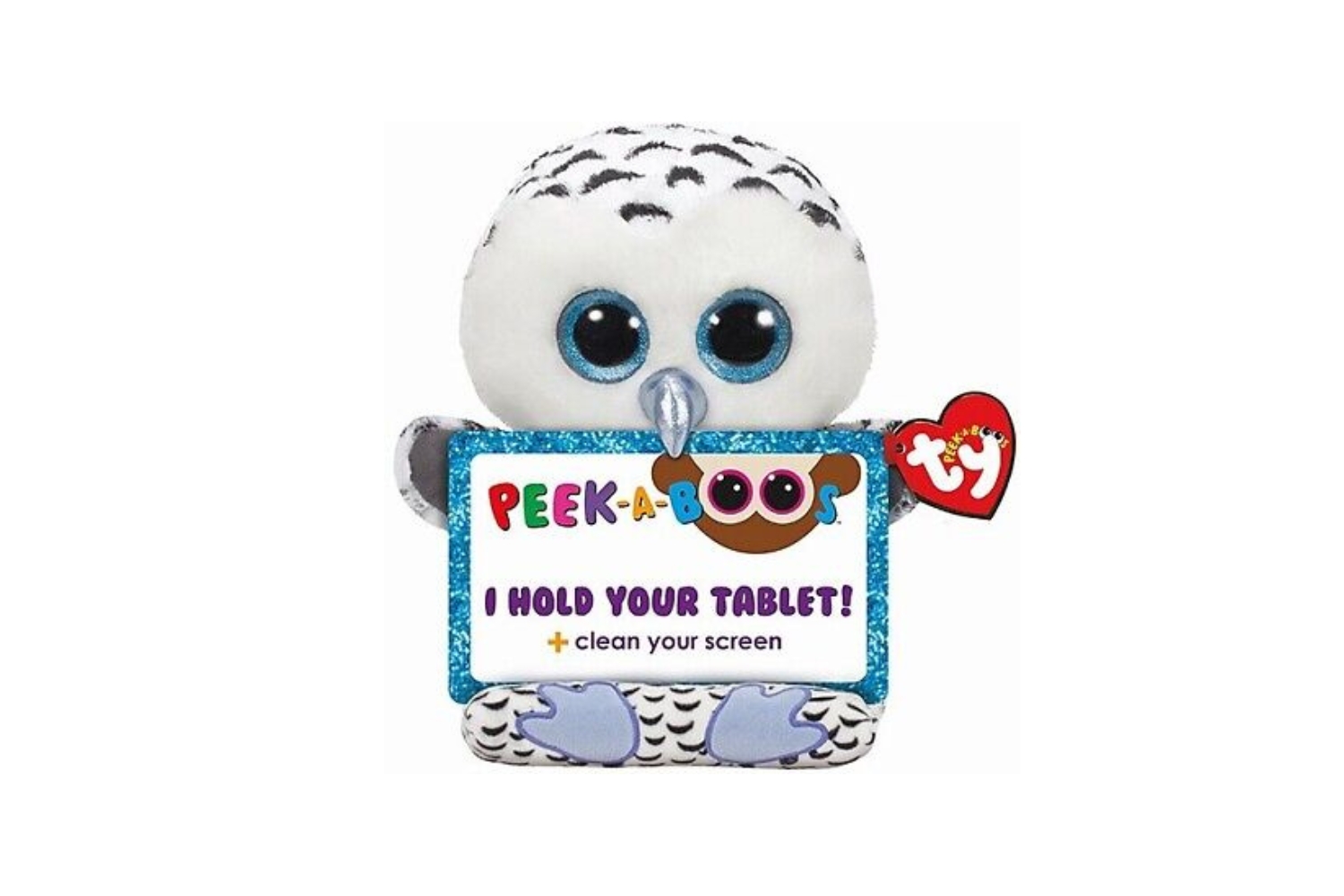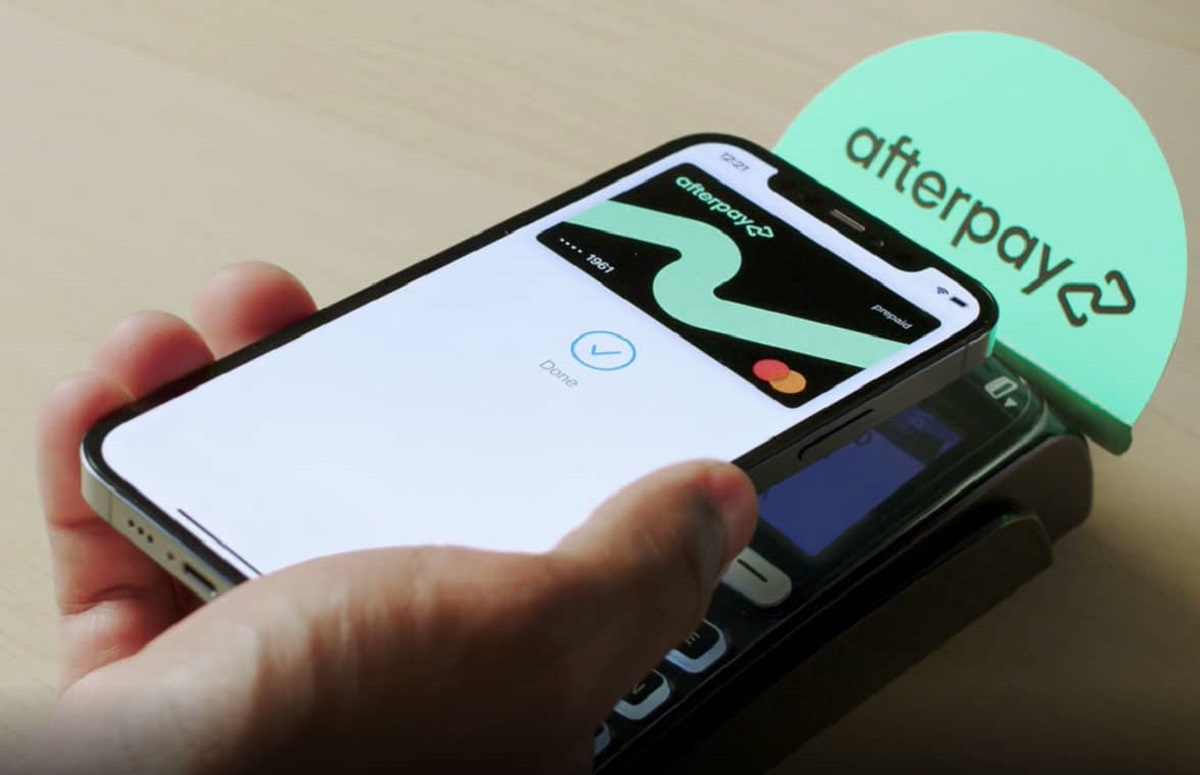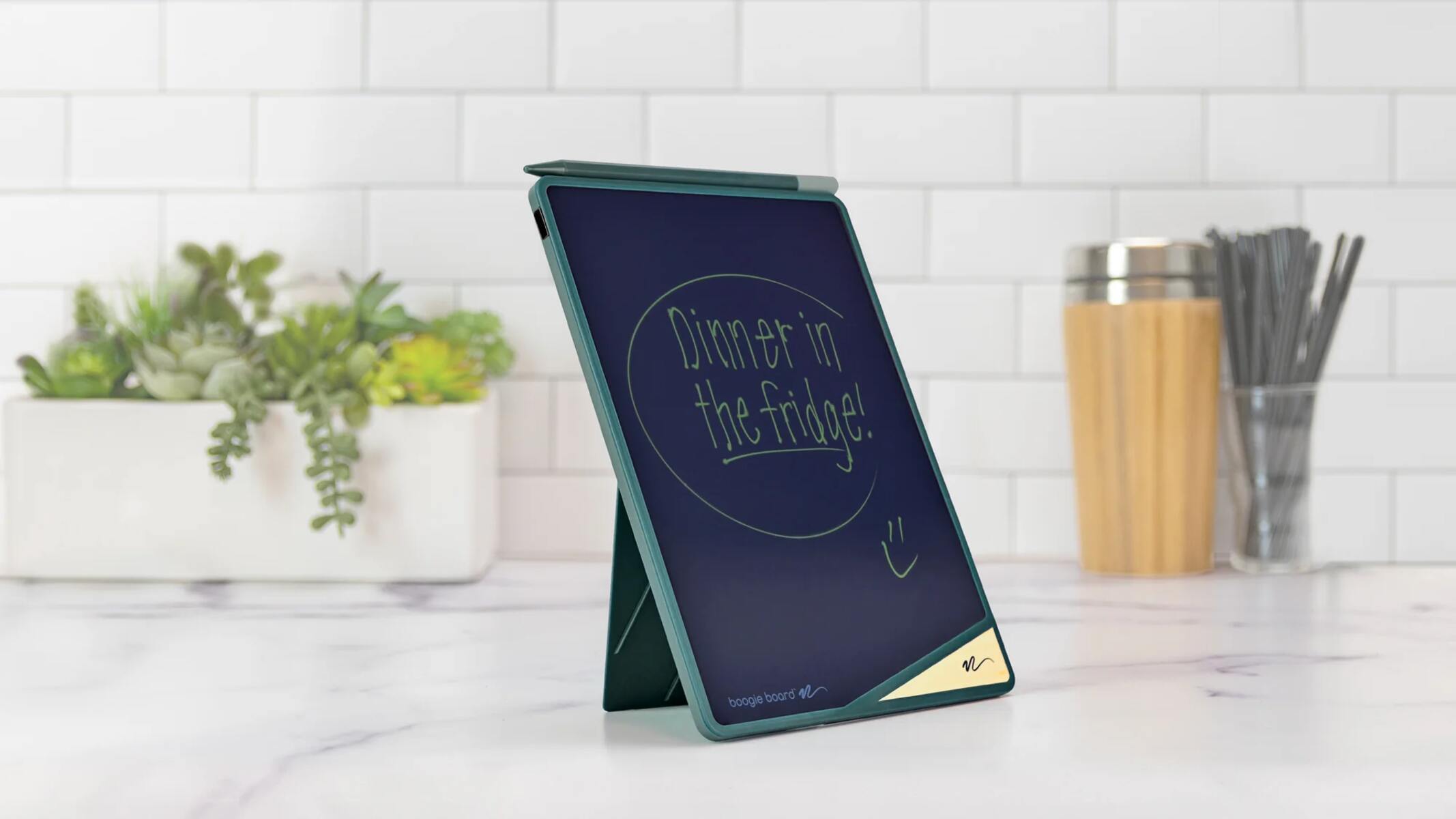Factors to Consider Before Buying a Kid Tablet
Choosing the best tablet for your child can be a daunting task. With so many options available on the market, it’s important to consider several factors before making your decision. Whether your child is using the tablet for educational purposes, entertainment, or both, here are some key factors to keep in mind:
- Age appropriateness: Consider your child’s age when selecting a tablet. Look for devices that offer age-specific content or parental controls to ensure that the tablet is suitable for their developmental stage.
- Durability: Kids can be rough on devices, so durability is vital. Look for tablets with rugged cases or shock-absorbent features to protect against accidental drops and spills.
- Content selection: Check if the tablet offers a wide range of age-appropriate apps, games, and educational content. A tablet with a variety of options will keep your child engaged and motivated.
- Parental controls: Ensure that the tablet has robust parental control features. This will allow you to set screen time limits, filter content, and monitor your child’s activities for a safer online experience.
- Battery life: Consider the tablet’s battery life, especially if your child will be using it for extended periods. Look for devices that offer long battery life to avoid frequent charging.
- Screen size and resolution: The screen size and resolution play a crucial role in your child’s viewing experience. Opt for a tablet with a screen that is large enough to view content comfortably, and a resolution that delivers crisp and vibrant visuals.
- Storage capacity: Depending on your child’s usage, storage capacity can be an essential consideration. Look for tablets with expandable memory or ample built-in storage to accommodate apps, games, and media.
- Price: Set a budget and compare prices across different brands. Keep in mind that higher-priced tablets may offer more features, but it’s essential to find a balance between affordability and functionality.
By considering these factors, you can make an informed decision and choose the best tablet that suits your child’s needs and preferences. Remember, a kid tablet should not only be entertaining and educational but also safe and durable to withstand the adventures of childhood.
Top 5 Kid Tablets on the Market
With a wide range of options available, finding the best kid tablet can be overwhelming. To help you make an informed choice, here are five top-rated kid tablets that offer a combination of educational features, durability, and parental controls:
- ABC Kids Tablet: Designed specifically for preschoolers, the ABC Kids Tablet is a popular choice. It features a user-friendly interface with educational games, interactive apps, and parental controls to monitor and limit screen time.
- LeapFrog LeapPad: LeapFrog is a well-known name when it comes to educational toys, and their LeapPad tablet is no exception. Tailored for kids aged 3-9, it offers a vast library of curriculum-based games, eBooks, and videos, all delivered in a durable and child-friendly design.
- Amazon Fire Kids Edition: The Fire Kids Edition tablet from Amazon provides a wide range of age-appropriate content and a kid-proof case for added durability. It includes a 1-year subscription to Amazon Kids+, offering access to thousands of books, shows, and apps.
- Samsung Galaxy Tab A Kids Edition: With its sleek design and robust parental controls, the Samsung Galaxy Tab A Kids Edition offers a seamless and safe experience for children. It comes preloaded with educational apps, has a long battery life, and supports expandable storage.
- Apple iPad Mini: While not specifically designed for kids, the iPad Mini is a versatile tablet that can be used by the whole family. With a wide array of educational apps and parental control features available on the App Store, it offers an excellent combination of functionality and entertainment.
Each of these tablets has its unique features and benefits. Consider your child’s age, interests, and your budget when selecting the best tablet. Reading user reviews and consulting with other parents can also provide valuable insights to help you make an informed decision.
Comparison of Features: (Brand Name) vs. (Brand Name)
When it comes to selecting the best kid tablet, comparing the features of different brands can help you make an informed decision. Let’s compare the key features of (Brand Name) and (Brand Name) to see how they stack up:
(Brand Name)
- Age appropriateness: (Brand Name) offers age-specific content and customizable parental controls to ensure a safe and educational experience for children of all ages.
- Durability: The tablets from (Brand Name) are known for their durable design and rugged cases that can withstand accidental drops and bumps.
- Content selection: With a wide range of educational apps, games, and interactive content, (Brand Name) provides a diverse selection that can keep children engaged and learning.
- Parental controls: (Brand Name) tablets come equipped with robust parental control features, allowing parents to set screen time limits, restrict access to certain content, and monitor their child’s activities.
- Battery life: The tablets from (Brand Name) have long-lasting battery life, ensuring that kids can enjoy uninterrupted play and learning sessions without frequent recharging.
(Brand Name)
- Age appropriateness: (Brand Name) caters to different age groups with its age-specific apps and educational content that aligns with children’s developmental stages.
- Durability: (Brand Name) tablets are built with durable materials and child-friendly designs to withstand the wear and tear of everyday use.
- Content selection: (Brand Name) offers a vast collection of apps, games, and eBooks that are designed to entertain, educate, and inspire young minds.
- Parental controls: The tablets from (Brand Name) come equipped with robust parental control features, allowing parents to create user profiles, set screen time limits, and filter content based on age appropriateness.
- Battery life: (Brand Name) tablets feature long battery life, ensuring that children can enjoy extended playtime and learning sessions without interruption.
Both (Brand Name) and (Brand Name) offer impressive features that cater to children’s needs. Factors such as pricing, additional accessories, and brand reputation may influence your final decision. Consider your child’s specific requirements, preferences, and your budget to choose the tablet that best fits their needs.
Benefits of a Kid Tablet for Your Child’s Development
In today’s digital age, incorporating technology into a child’s learning journey can have numerous benefits. Kid tablets, specifically designed for young users, offer a range of advantages that can contribute to your child’s overall development. Here are some key benefits to consider:
- Educational opportunities: Kid tablets provide access to a wealth of educational content, including interactive apps, eBooks, and learning games. These resources can enhance your child’s literacy, numeracy, problem-solving, and critical thinking skills.
- Engaging and interactive learning: Many kid tablets offer a hands-on and interactive experience, making learning fun and engaging for children. Through educational apps and games, they can explore various subjects, develop creativity, and improve their cognitive abilities.
- Language development: Kid tablets often include language-focused activities, such as reading apps and language learning programs. These can help children expand their vocabulary, improve pronunciation, and strengthen their language skills.
- Enhanced fine motor skills: Using a touch screen and interacting with apps can enhance a child’s hand-eye coordination and fine motor skills. Kid tablets often incorporate activities that involve drawing, tracing, and puzzle solving, promoting the development of these essential skills.
- Customizable and adaptive learning: Many kid tablets feature personalized learning paths and adaptive technologies, tailoring content to a child’s individual needs and progress. This personalized approach can boost self-confidence and ensure that the learning experience is challenging yet achievable.
- Improved digital literacy: Introducing children to technology at an early age can help them develop essential digital literacy skills. Kid tablets can teach them how to navigate apps, navigate menus, use search functions, and practice good online behavior, setting a foundation for their future technological proficiency.
- Parental supervision and control: Kid tablets often come with robust parental control features, allowing parents to monitor their child’s activities, set screen time limits, and manage access to certain content. This ensures a safe and controlled digital environment for young users.
By harnessing the benefits of a kid tablet, you can provide your child with a platform for educational growth, creativity, and digital exploration. However, it’s important to strike a balance between screen time and offline activities, ensuring that the tablet becomes a beneficial tool in your child’s development.
How to Choose the Right Tablet for Your Child’s Age Group
When selecting a tablet for your child, it’s essential to consider their age and developmental stage. Different age groups have varying needs and abilities, and choosing a tablet that aligns with their age group can provide the most effective and engaging learning experience. Here are some key factors to consider when choosing a tablet for your child:
- Age appropriateness: Look for tablets that are designed specifically for your child’s age group. These tablets often offer age-appropriate content, apps, and games that are aligned with their cognitive skills and developmental milestones.
- Simplicity of use: Younger children may benefit from tablets with a simple and intuitive user interface. Look for tablets that have icons or menus that are easy to navigate, allowing your child to access their apps and games independently.
- Content selection: Consider the variety and quality of educational apps, games, and media available for your child’s age group. Look for tablets that offer a wide selection of age-appropriate content that caters to their interests and encourages learning.
- Parental controls: Ensure that the tablet has robust parental control features that allow you to manage your child’s screen time, filter content, and monitor their activities. Parental control features become increasingly important as your child explores the digital world.
- Durability: Younger children can be more prone to accidents and drops. Look for tablets with durable construction and protective cases that can withstand accidental bumps and spills.
- Safety features: Consider tablets that have built-in safety features, such as adjustable blue light filters, to protect your child’s eyes during extended screen time.
- Battery life: Opt for tablets with long battery life to ensure that they can be used for extended periods without constantly needing to be recharged.
- Price: Set a budget that aligns with your requirements and expectations. While higher-priced tablets may offer more features, there are also affordable options available that can provide a suitable learning experience.
By considering these factors, you can select a tablet that will provide a safe, engaging, and educational experience for your child. Remember, the right tablet can complement your child’s learning journey and open up a world of opportunities for exploration and growth.
Tips for Setting Up Parental Controls on a Kid Tablet
Setting up parental controls on a kid tablet is crucial to ensure a safe and controlled digital environment for your child. Here are some helpful tips to guide you through the process:
- Explore built-in parental control features: Familiarize yourself with the parental control options offered by the tablet’s operating system. Most tablets have built-in features that allow you to set restrictions, filter content, and manage screen time.
- Create user profiles: Consider creating separate user profiles for each child using the tablet. This allows you to customize the settings and restrictions for each child based on their age and individual needs.
- Set age-appropriate content filters: Utilize content filters to restrict access to inappropriate content based on your child’s age. This will help ensure that your child only has access to age-appropriate apps, games, and media.
- Manage screen time limits: Set daily time limits for your child’s tablet usage. This helps prevent excessive screen time and encourages a healthy balance between digital activities and other aspects of their life.
- Review and approve app downloads: Enable parental controls that require your approval for app downloads. This way, you can ensure that the apps your child downloads are safe and appropriate for their age.
- Monitor and restrict internet access: Consider using parental control features to monitor and restrict your child’s access to the internet. This helps protect them from potentially harmful or inappropriate websites and online content.
- Restrict in-app purchases: Disable in-app purchases to prevent accidental or unauthorized charges. This ensures that your child cannot make purchases within apps without your permission.
- Regularly update and review settings: Make it a habit to regularly update and review the parental control settings on your child’s tablet. This allows you to adapt to their changing needs and ensure that the controls remain effective.
- Discuss and educate your child: Have open conversations with your child about online safety, appropriate digital behavior, and the importance of adhering to the rules set by parental controls. Educate them about the potential risks and help them develop responsible digital habits.
- Stay informed: Keep yourself updated on the latest trends, apps, and online dangers. This knowledge will help you make informed decisions when setting up and adjusting parental controls.
By following these tips and taking advantage of the parental control features available on your child’s tablet, you can create a safe and controlled digital environment, allowing your child to explore and learn safely online.
Why Durability is Important for a Kid Tablet
When it comes to choosing a tablet for your child, durability should be high on your list of priorities. Here are some reasons why durability is crucial for a kid tablet:
- Protection against accidental drops: Children can be naturally clumsy, and accidents happen. A durable tablet with robust construction can withstand accidental drops, minimizing the risk of damage to the device.
- Resistance to spills and accidents: Kids are notorious for spilling liquids or accidentally knocking over things. A durable tablet with spill-resistant features or a protective case can prevent liquid damage and keep the tablet functioning properly.
- Longevity and cost-effectiveness: A durable tablet is built to last, meaning it can withstand the wear and tear of daily use. Investing in a durable tablet can ultimately save you money in the long run, as you won’t need to replace it as frequently.
- Portability and versatility: Kids tablets are often taken on the go, whether it’s on road trips, vacations, or simply moving around the house. A durable tablet can handle the bumps and jostles of travel, ensuring that it remains functional and intact wherever your child goes.
- Resilience to rough handling: Young children may not always handle their belongings gently. A durable tablet can withstand their rough handling, whether it’s being carried around, tossed into a bag, or accidentally sat upon.
- Peace of mind for parents: When you invest in a durable tablet, you can have peace of mind knowing that it can withstand whatever rough treatment it may encounter. This eliminates worries about constant repairs or replacements.
- Promotion of independence: A durable tablet empowers children to use and explore the device independently. Parents can feel more confident in allowing their child to handle the tablet on their own, knowing that it is built to withstand their touch and interaction.
- Continued educational and entertainment value: A durable tablet ensures that your child can continue to enjoy and learn from educational apps, games, and other content without interruption due to damage or malfunctions.
- Hand-me-down potential: As your child grows older, they may outgrow their tablet or require an upgrade. A durable tablet can be passed down to siblings or other children, extending its lifespan and value.
- Overall user satisfaction: A durable tablet contributes to a positive user experience, allowing children to fully engage with the device without worrying about it breaking or malfunctioning. This enhances their enjoyment and maximizes the benefits of using a tablet.
By prioritizing durability when selecting a kid tablet, you can ensure that it can withstand the demanding usage and potential accidents that come with being in the hands of a child. A durable tablet offers longevity, peace of mind, and a reliable tool for your child’s entertainment and educational needs.
How to Ensure Your Child’s Safety While Using a Tablet
While tablets can provide valuable educational and entertainment opportunities for children, it is important to prioritize their safety while using these devices. Here are some essential tips to ensure your child’s safety while using a tablet:
- Set up parental controls: Use the built-in parental control features on the tablet to manage your child’s screen time, restrict access to age-inappropriate content, and set browsing filters to ensure a safe online experience.
- Supervise your child’s tablet use: Establish guidelines for using the tablet such as designated times and places for tablet use. Regularly monitor your child’s activities on the tablet to ensure they are engaging with appropriate content.
- Teach online safety: Educate your child about the potential risks of the internet, such as sharing personal information or interacting with strangers online. Teach them about safe online behavior, the importance of privacy, and how to handle cyberbullying or inappropriate content.
- Use kid-friendly apps and platforms: Ensure that your child uses age-appropriate apps and platforms that are designed with their safety in mind. Look for apps and websites that have good security measures, age verification, and positive user reviews.
- Establish device usage rules: Create clear rules about when and where the tablet can be used, as well as guidelines for appropriate behavior while using the device. Emphasize the importance of responsible and mindful technology use.
- Stay informed about online threats: Keep yourself updated about the latest online threats and emerging trends affecting children’s safety online. Stay vigilant, research, and consult trusted sources to ensure you are well-informed.
- Encourage open communication: Maintain an open and honest line of communication with your child regarding their tablet use. Encourage them to talk to you about any concerns, questions, or encountered issues while using the device.
- Regularly check privacy settings: Review and adjust the privacy settings both on the tablet itself and for the apps or websites your child uses. Ensure that personal information is not being shared unnecessarily and that privacy settings are appropriately configured.
- Model good digital behavior: Be a positive role model by demonstrating responsible and respectful online behavior. Children learn best from observation, so set a good example by using technology mindfully and respectfully.
- Engage in offline activities: Encourage your child to have a balance between screen time and offline activities. Engage in other activities such as reading, outdoor play, or family time to foster a well-rounded and healthy lifestyle.
By implementing these safety measures, you can ensure that your child’s tablet use is both enjoyable and safe. It is important to remain vigilant, stay involved in your child’s digital life, and make their safety a top priority.
Recommended Accessories for a Kid Tablet
When it comes to maximizing the functionality and enhancing the experience of a kid tablet, there are several accessories that can be beneficial. Here are some recommended accessories to consider:
- Protective case: A durable and shockproof case is essential to protect the tablet from accidental drops, bumps, and spills. Look for cases specifically designed for kids, with features like reinforced corners and a built-in screen protector for added protection.
- Screen protector: Applying a high-quality screen protector helps guard against scratches and smudges on the tablet’s screen, keeping it in pristine condition.
- Headphones or earphones: Invest in a pair of comfortable headphones or earphones that are designed for kids. This allows your child to enjoy their apps, games, and videos without disturbing others and creates a private audio experience.
- Stylus: A stylus can enhance precision and control when navigating the tablet, especially for drawing or writing activities. Look for a stylus that is designed for kids, with a comfortable grip and a soft tip to prevent screen damage.
- Carrying case or bag: A dedicated carrying case or bag provides a convenient and safe way to transport the tablet. Look for a case that has extra storage compartments for accessories like charging cables, stylus, or headphones.
- Screen cleaning kit: Keep the tablet’s screen smudge-free and crystal clear with a screen cleaning kit. Look for a gentle cleaning solution and microfiber cloth made specifically for tablet screens.
- Tablet stand or holder: A tablet stand or holder can provide a stable and ergonomic viewing position for your child. This is especially helpful during activities that require hands-free use, such as watching videos or participating in video calls.
- Extra charging cables and power bank: Having additional charging cables ensures that your child’s tablet is always powered up and ready to use. Consider investing in a portable power bank to provide an extra power source during travel or when an outlet is not readily available.
- Wireless keyboard: For older children who use the tablet for schoolwork or typing activities, a wireless keyboard can improve productivity and make typing tasks more efficient.
- Interactive learning accessories: Depending on the tablet’s compatibility, there may be interactive learning accessories available such as coding kits, educational robots, or augmented reality tools that can further enhance your child’s learning experience.
These recommended accessories can help protect and enhance the functionality of your child’s tablet, creating a more enjoyable and productive experience. Choose accessories that are compatible with the tablet model, designed for kids, and of high quality to ensure durability and effectiveness.
Final Thoughts: Selecting the Best Kid Tablet for Your Child
Choosing the best kid tablet for your child is a decision that involves considering various factors and understanding their unique needs and interests. Keep these final thoughts in mind as you make your selection:
First and foremost, prioritize the safety and age appropriateness of the tablet. Look for tablets that offer robust parental control features, age-specific content, and protective measures like durable cases and anti-glare screens.
Educational value is another crucial aspect to consider. Opt for tablets that provide a wide range of age-appropriate educational apps, games, and other content that can engage and stimulate your child’s learning process.
Durability is essential, as children are naturally prone to accidents and mishaps. Choose a tablet with a sturdy construction and protective features that can withstand accidental drops, spills, and rough handling.
Consider the overall value for money. While budget is an important factor, think about the long-term benefits and longevity of the tablet. A higher-priced tablet with more features and durability may be a better investment in the long run.
Read reviews and gather feedback from other parents. Explore the experiences and opinions of other users to gain insights into the performance, reliability, and user-friendliness of different tablet models.
Remember that no tablet can substitute for parental involvement. Engage with your child and actively participate in their tablet usage. Set screen time limits, discuss online safety, and guide them in their digital exploration.
Lastly, trust your instincts as a parent. You know your child’s capabilities and interests best. Consider their unique needs, preferences, and developmental stage when making the final decision on the best kid tablet.
By carefully considering these factors, you can confidently select the best kid tablet that aligns with your child’s needs, fosters their growth and learning, and provides a safe and enjoyable digital experience.







